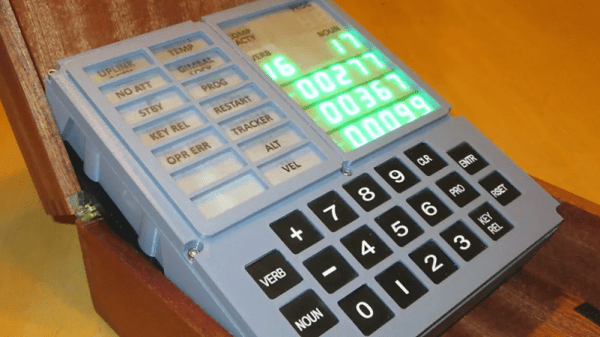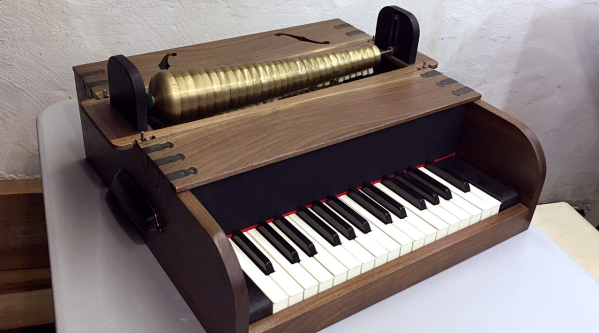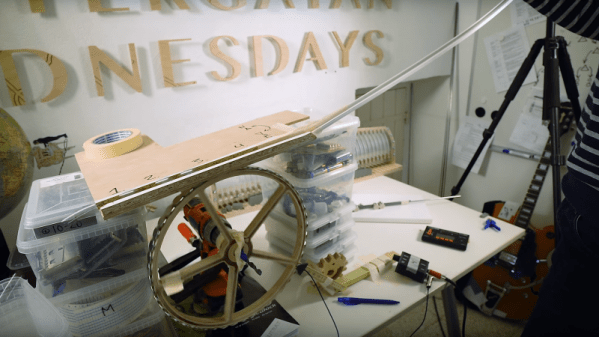Given that there have been only six manned moon landings, and that almost all of the hardware that started on the launch pad was discarded along the way, getting your hands on flown hardware is not generally the business of mere mortals. Such artifacts are mostly in museums or in the hands of very rich private collectors. Enthusiasts have to settle for replicas like this open source Apollo Guidance Computer DSKY.
The DSKY, or Display and Keyboard, was the user interface for the Apollo Guidance Computer, that marvel of 1960s computer engineering that was purpose-built to control the guidance and navigation of the Command and Lunar Excursion modules. [ST-Geotronics] has made a decent replica of the DSKY using 3D-printed parts for the housing and bezel. There’s a custom PCB inside that houses a matrix of Neopixels for the indicator light panel and seven-segment LEDs for the numeric displays. Sadly but understandably, the original electroluminescent display could not be reproduced, but luckily [Fran Blanche] is working on just that project these days. The three-segment displays for the plus and minus signs in the numeric displays proved impossible to source commercially, so the team had to roll their own for that authentic look. With laser cut and engraved overlays for the displays and keycaps, the look is very realistic, and the software even implements a few AGC-like functions.
We like this a lot, although we could do without the sound clips, inspirational though Kennedy’s speech was. Everything is open source so you can roll your own, or you can buy parts or even a complete kit too.
Continue reading “Start Your Apollo Collection With An Open Source DSKY”
















